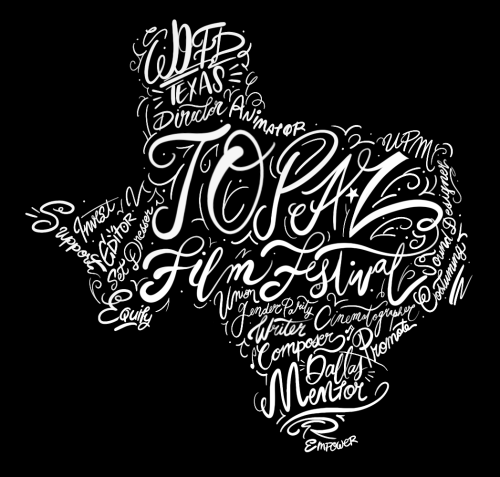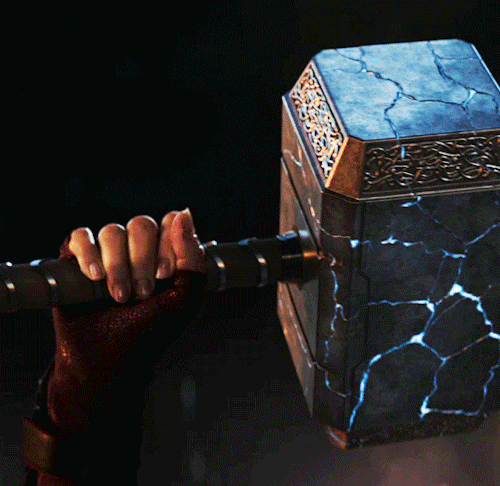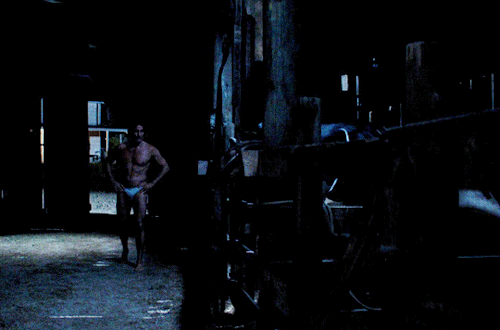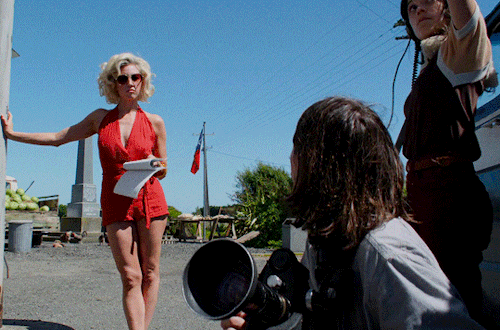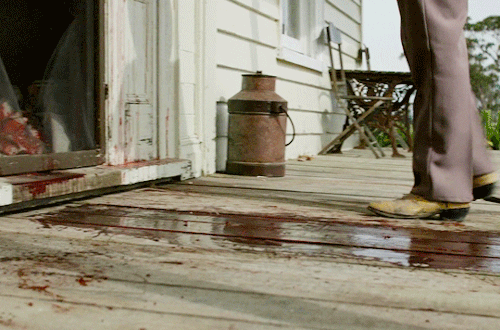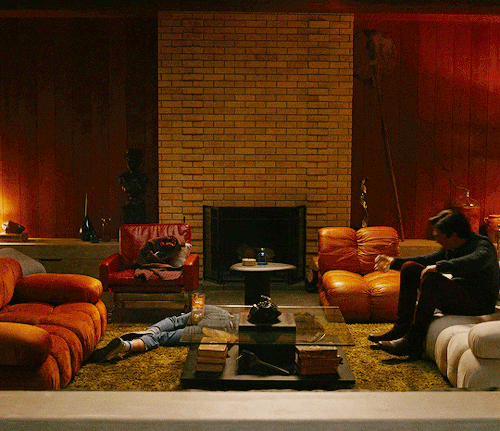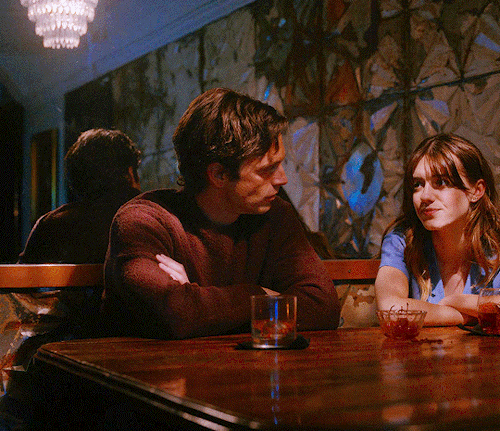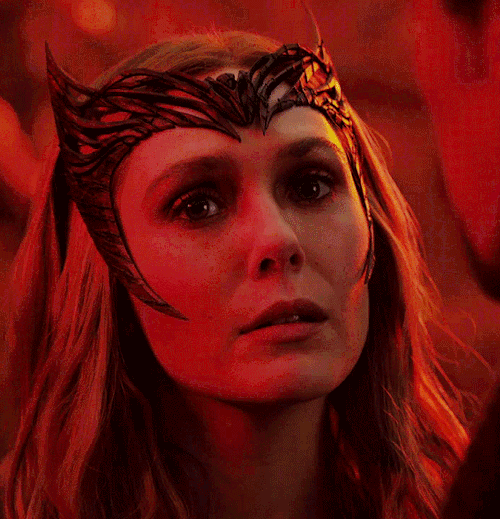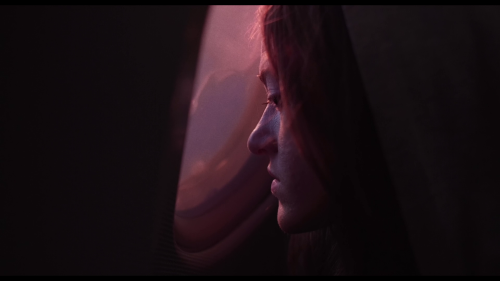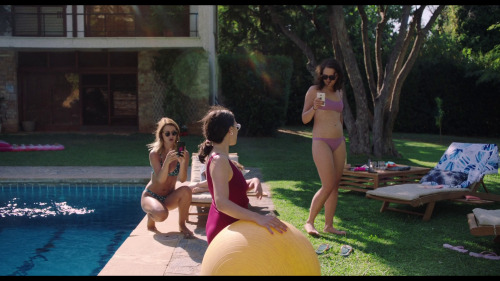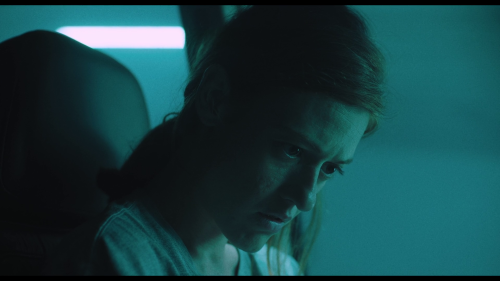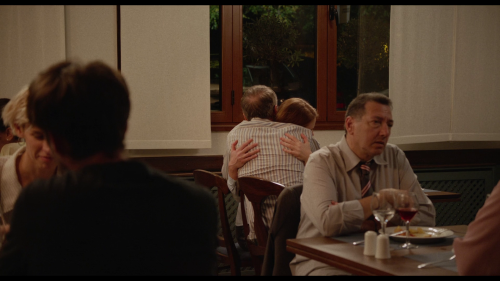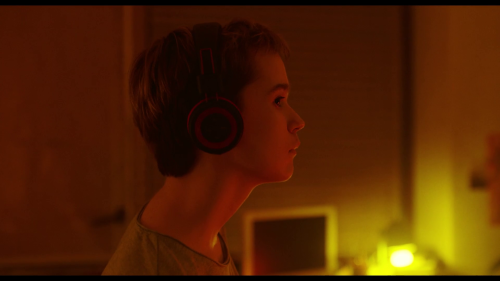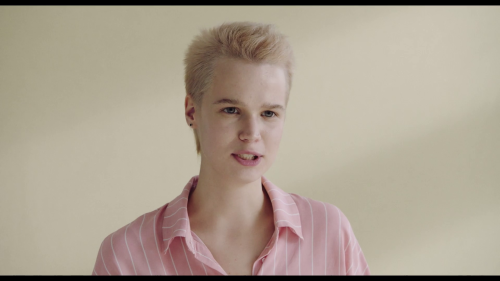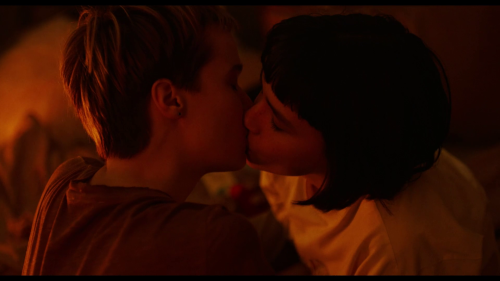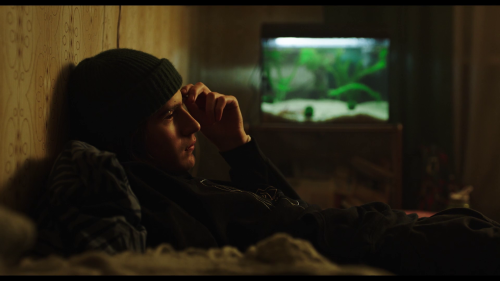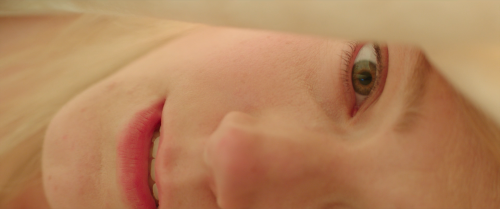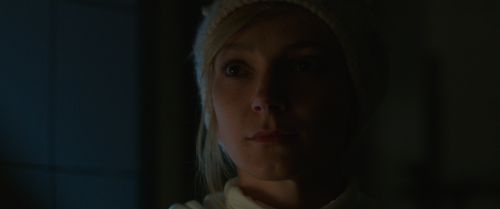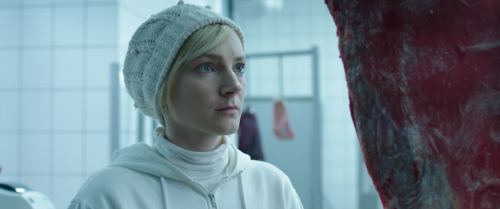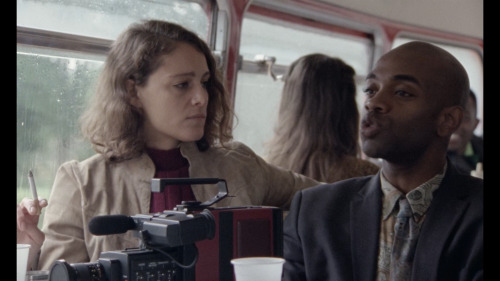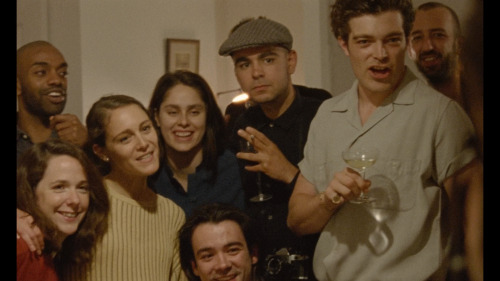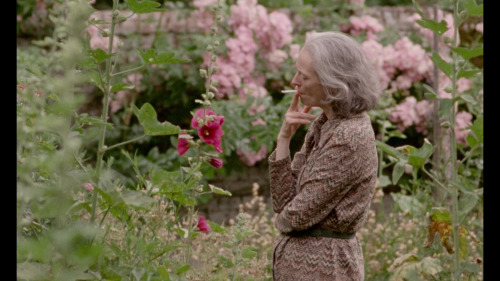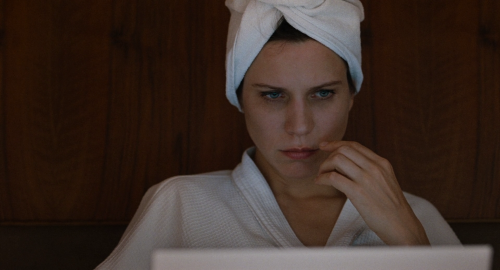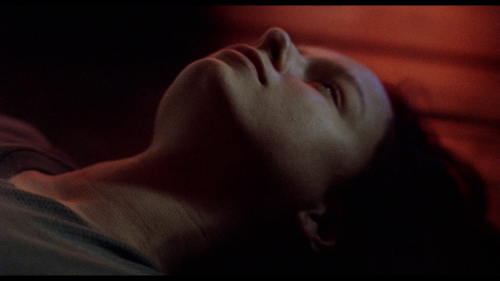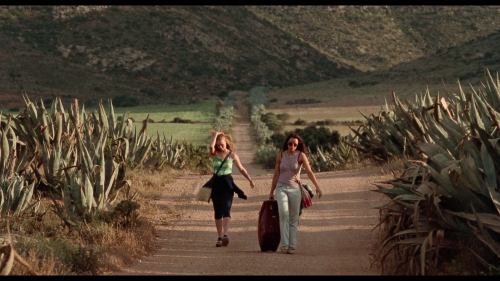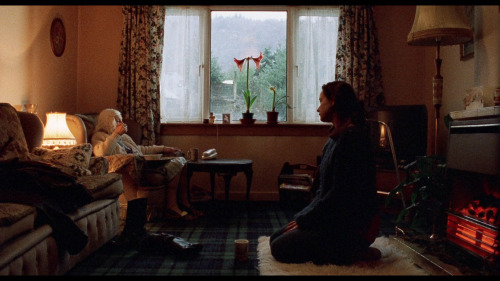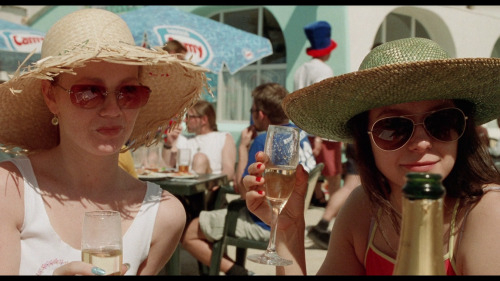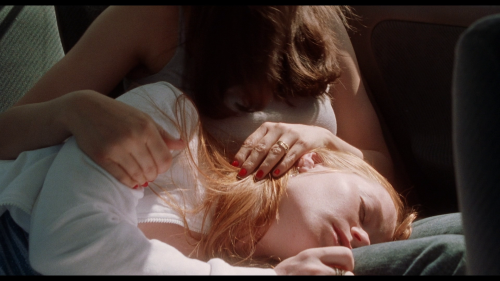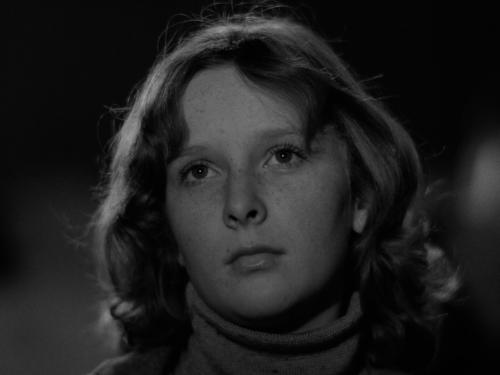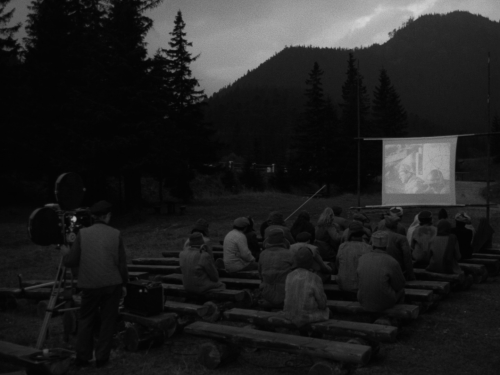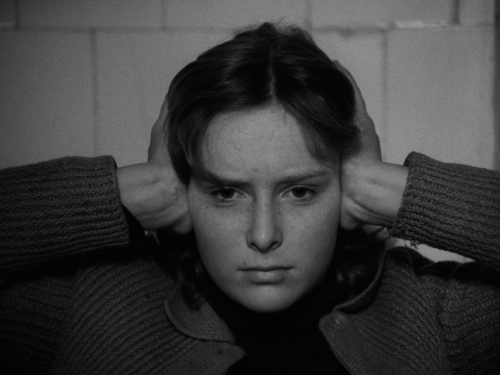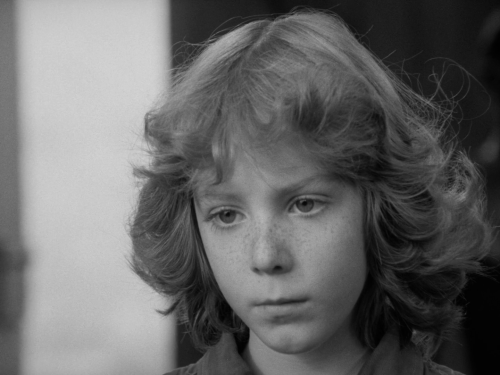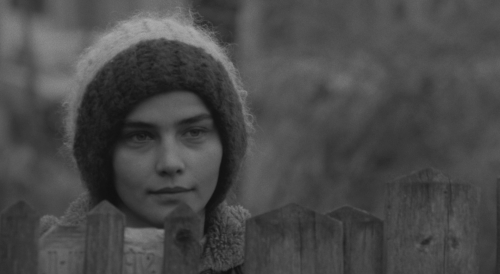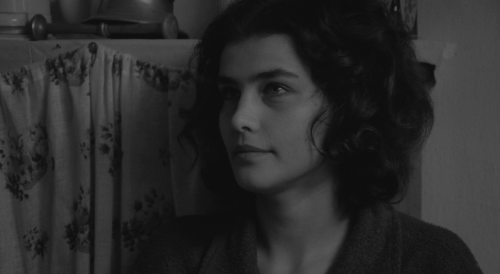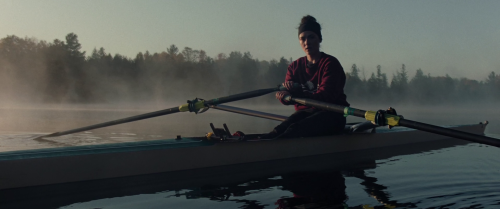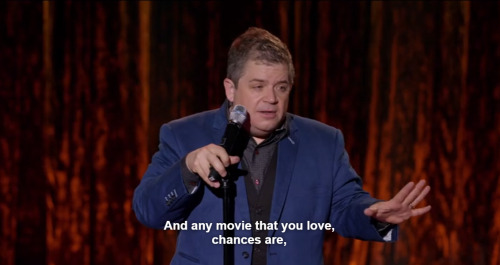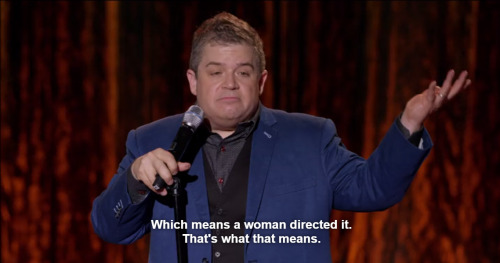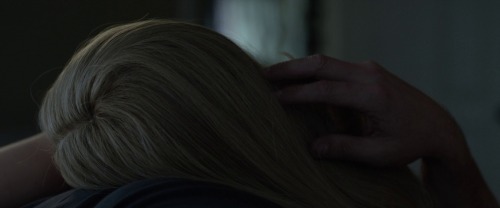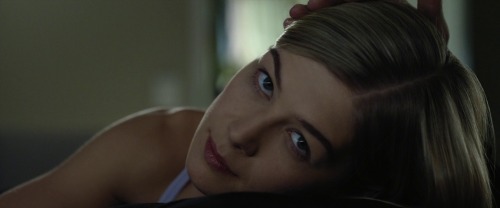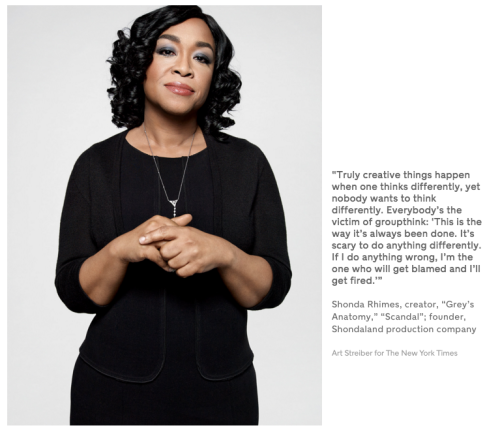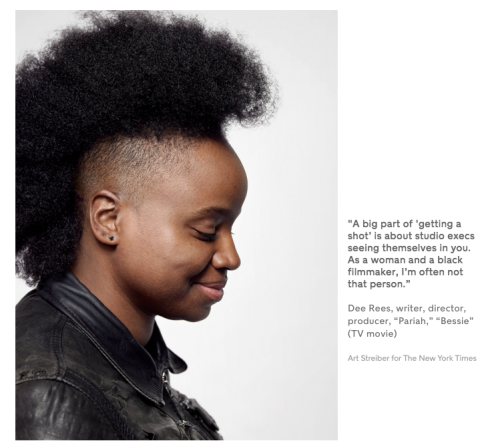#women in film
something i designed for the only female film festival in texas (topaz film festival, hosted by women in film dallas)
Post link
You break the rules and become the hero. I do it and I become the enemy. That doesn’t seem fair.
Post link
Moon 66, Questions (Jacqueline Lentzou, 2020)
one of the most brilliant and moving films i have seen in recent years, warmly recommended
Post link
My ink drawing of Cléo and kitty in Agnès Varda’s 1962 film CLÉO FROM 5 TO 7. Happy Caturday . Prints are available at my Etsy store.
Post link
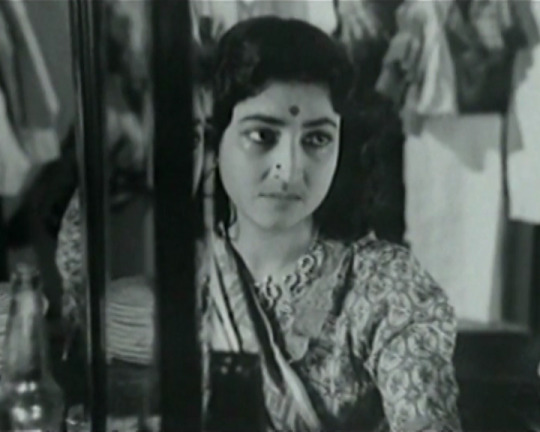
Satyajit Ray made Teen Kanya (THREE DAUGHTERS, ‘61) to commemorate the birth centenary of the Bengali cultural giant—poet, writer, playwright, composer, philosopher, social reformer, actor, educationist, painter—Rabindranath Tagore. It is noteworthy that Ray, a polymath himself, decided to concentrate on the three female protagonists of Tagore’s short stories from the volumes of poems, novels, short stories, dramas, essays and songs that Tagore left behind. May 2, 2021 marks Ray’s birth centenary and studying the expansive creative careers of both men often reveals several points of intersection.
Tagore’s women, like Ray’s, are complex—independent yet bound by tradition; inhabiting, as women do, the in-betweenness within a desire for boundless personal freedom and the socio-familial space that denies it to them. Teen Kanya is an anthology of three films: Postmaster with the young, orphaned protagonist Ratan (Chandana Banerjee); Monihara with the childless wife of a rich jute plantation owner Manimalika (Kanika Majumdar); and Samapti with the shrew-like “wild child” teenager Mrinmoyee (Aparna Sen). Incidentally, it is with Teen Kanya that Ray, too, found a seamlessness within his own creative pursuits, as he began to score music for his films.
Tagore’s “Postmaster”, written in 1891, tells the story of Ratan who works for her village’s Postmaster, the Anglophile Nandal from Calcutta (Anil Chatterjee). With Nandal’s arrival, Ratan, receives affection for the first time in her life. She learns how to read and write from him, makes him his meals and then takes care of him while he fights a bout of malaria. When, unable to tolerate village life anymore, Nandal hands in his resignation and Ratan’s world is robbed of the love she had begun to acclimatise to. While Tagore’s Ratan falls to the Postmaster’s feet, begging him not to leave her alone, Ray’s Ratan walks past Nandal and goes on attending to her household chores. Nandal breaks into tears as the potholed road ahead leads to his future back in the city; Ratan quietly lives out her destiny.

“Ray did not deny his women the right of choice. His women had agency. They were primary protagonists in their own right,” writes actor Sharmila Tagore who was 15 when she made her debut in Ray’s Apur Sansar (THE WORLD OF APU, 1959). Her words do not just ring true for Ratan but also for Manimalika and Mrinmoyee. The three women form the moral arc of the film, making the audience not just question the society but also the ways in which they, personally, inhibit women’s personal freedoms and ambitions.
Even within a horror story like Monihara, where the protagonist lives with a cavernous greed for gold and is probably unfaithful to her husband, Ray (and Tagore) divulge the psychology behind her greed. Manimalika feels judged by her in-laws because she hasn’t been able to bear her husband a child. As Sharmila Tagore says “Ray gifted his women protagonists the liberty which defied the cliché that the male desire is visual while the woman’s is sensory.” This obvious visual female desire, as heightened as it is in the protagonists’ sexual transgression in Charulata(THE LONELY WIFE, ‘64) and Ghare Baire (THE HOME AND THE WORLD, ‘84), finds a materialist incarnation in Manimalika’s unapologetic gold lust. When you reduce a woman to her womb, why should she find it in herself to be a holistic human being and not just a dehumanized, ever-widening lacunae of greed?
Her disappearance from her husband’s life does not leave behind a vacuum that he can fill with another wife who can perhaps bear him an heir. Instead, she haunts him, filling his existence with a hopeless wait and an obvious dread. It is not just a haunting of her husband’s life, but that of his ancestral home, the seat of long-standing patriarchy that perpetuates itself from one heir to another.

Aparna Sen, at 16, made her debut as Samapti’s Mrinmoyee, a bright-eyed, rebellious village teenager who wouldn’t toe the line of patriarchy and the way it expects “marriage worthy” young women to behave. When Amal (Soumitra Chatterjee) marries Mrinmoyee, only with the consent of her parents, she lashes out, refusing to bow down to a life of servile conjugality. Not only does she have a mind of her own, but she also insists upon sovereignty over her body, which is only its most authentic self when running through fields and sitting on swings. She runs away from her husband on the night of their wedding and spends it outdoors, sleeping on her beloved swing.
These women, and Ray’s later women like Charulata and Arati (MAHANAGAR, THE BIG CITY, ‘63), are well-versed in articulating a language of complex desire and longing through their bodies, even when they don’t have the verbal vocabulary for it. There is an insistence (in both Tagore and Ray’s works) of intellectual, economic and physical sovereignty by these women that, as pointed out by Sharmila Tagore, often predates the establishment of a formal women’s movement in India. They are the conscience of the texts they occupy, and this conscience is not a vague, moral or a spiritual one. Both Ray and Tagore embody this conscience within a female body that transgresses, fights and yet, always, desires.
QueenSugarOWN: It’s all about telling authentic stories in an authentic way.
VOICEOVER, by Ava DuVernay:
“Storytelling is a radical act, especially when it is told by someone who is not often centered, which is the case with Queen Sugar. With the women and people of color telling these stories, you know, it becomes an act of defiance. An act of rebellion. An act of revolution, if you will. It can be our way, and our way is valid and it’s beautiful. We’re the lucky ones.”
”The woman’s got to show up, [like], “We all done, sweetie? Okay. Out you go, I gotta make a story out of this mess.”
#me @ quentin tarantino fans
Mad Max: Fury Road and practically every film JJ Abrams has ever made including The Force Awakens.
Mad Max: Fury Road was edited by Margaret Sixel, who is married to George Miller and who he begged to edit the film because he said that if a man edited it, would be a totally different movie and not one he wanted to make.
Maryann BrandonandMary Jo Markey edited The Force Awakens. Maryann Brandon has worked on almost all of the shows and films Abrams has worked on and Mary Jo Markey is also a frequent collaborator.
Thelma Colbert Schoonmaker has edited all of Martin Scorcese’s films since Raging Bull and worked with him for around 40 years.
Sally Menke edited all of Quentin Tarantino’s films until her tragic death in 2010.
Julia Bloch is an editor gaining attention for her work on Blue Ruin and Green Room.
about 40% of Hollywood editors are women. when discussing how these women are underrepresented, you need to give their names.
Marcia Lucas (George Lucas’ now ex-wife) was one of the co-editors of A New Hope (and the rest of the trilogy) and is a huge part of the reason Star Wars actually worked in the first place. George’s original cut of the first film was a mess and she edited the shit out it to fix all the pacing and narrative issues, which earned her an Oscar, something George Lucas has never received.
My hero Anne Voase Coates 1925 – 2018 Order of the British Empire was a film editor with a more than 60-year-long career. She was perhaps best known as the editor ofLawrence of Arabiain 1962, for which she won an Oscar. nominated five times for the Academy Award for Best Film Editing for the films Becket(1963),The Elephant Man(1980),In the Line of Fire (1993) and Out of Sight(1998).
In an industry where women accounted for only 16 percent of all editors working on the top 250 films of 2004, and 80 percent of the films had absolutely no women on their editing teams at all,Coates thrived as a top film editor. She was awarded BAFTA’s highest honour, a BAFTA Fellowship, an Academy Honorary Award, which are popularly known as a Lifetime Achievement Oscar
Post link
Vibrant Female Leads:Gone Girl’s Amy Dunne
“You think you’d be happy with a nice Midwestern girl? No way, baby! I’m it.”
Post link
GUYS.
Okay so this thing. It’s a thing a wrote, and I’m also shooting it this summer god bless my amazing crew. It’s a short film, and it has vampires, and sad librarians, and it’s a metaphor for toxic relationships. As I’ve navigated the insanity that is the film industry, I’ve been realizing more and more that some of the best opportunities are opportunities you can create for yourself. And that’s what I’m trying to do with this lil film.
But here’s the other thing – money. Turns out making films means dollar bills. Our Kickstarter is going strong but we can use all the help we can get.
Check out the story and stuff on our blog, and the Kickstarter campaign here. Even $1 will help! You’re all beautiful and I’d be eternally grateful if we can successfully get this story onto the screen. Heart eyes emoji for days.
Post link
Women in Hollywood speak out about pervasive sexism. The New York Times asked 63 women who work in the film industry to discuss systemic discrimination they face. Women make up only four percent of directors hired by major studios.
Post link

Here’s a little sneak peek into the developing costume designs for or lead characters in the PURE pilot episode, created by our amazing costume designer, Kumie Asai!
We’ll continue posting about our pre-production journey on social media and at www.journeytotheannex.com. More to come!
Post link
Our director, Cate Carson, is working on another bad-ass project with the Alliance of Women Directors, premiering in October at Disney Studios. We can’t wait to share more about it, and will definitely release more info as it develops.
In the meantime, Cate, and the rest of the core team and department heads of PURE are still plugging away at pre-production for our pilot episode. Locations are locked, costumes are being made, and we are meeting with weapons masters to begin creating the prop weapons for our fight sequence. More to come!
Post link
Check out this absolutely terrific VOICE IT! by Mandi Kaye! https://youtu.be/dDS_ZdUTy8k
Mandi is the co-founder of the media network Eloquent Gushing, where she hosts several podcasts including Pop Culturally Deprived and Southern Fried Pop Culture. More info at www.eloquentgushing.com; Mandi can be found on Twitter at: @mandikaye and Instagram at: @themandikaye.
If you missed it before, here is our official teaser!
And subscribe to our YouTube channel at https://www.youtube.com/channel/UCWCzGu01yvnn5sbpOHdqI-A for easy access to all the videos that we post across social media.
In today’s update video, we announce our crowdfunding campaign lottery winner! Congratulations to Alison Wilson!
Also, as we dive deep into pre-production and start fulfilling campaign incentives, please don’t hesitate to reach out if you have any questions/concerns, or just want to say Hi! You can find us at [email protected]. Thank you!

